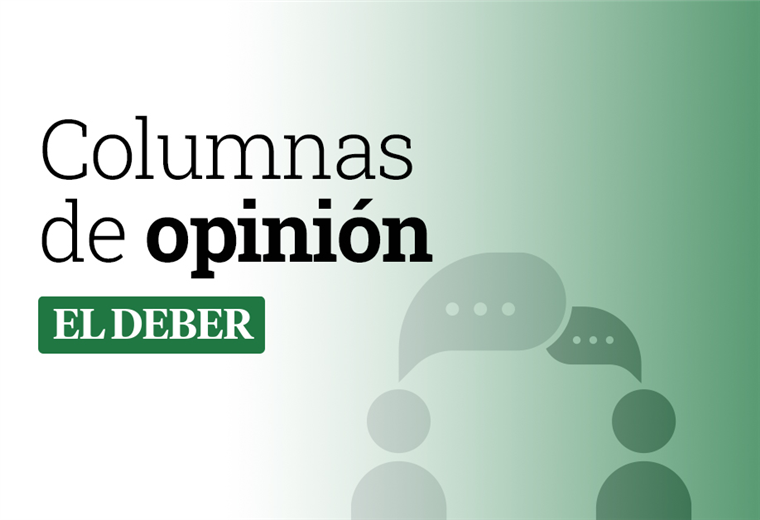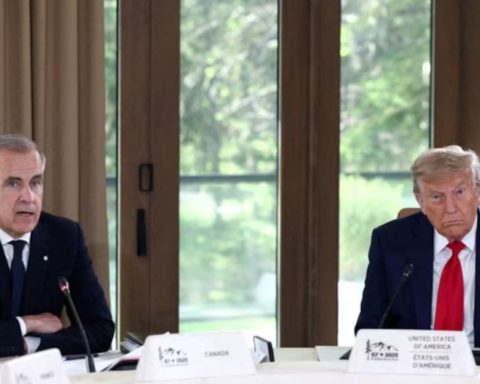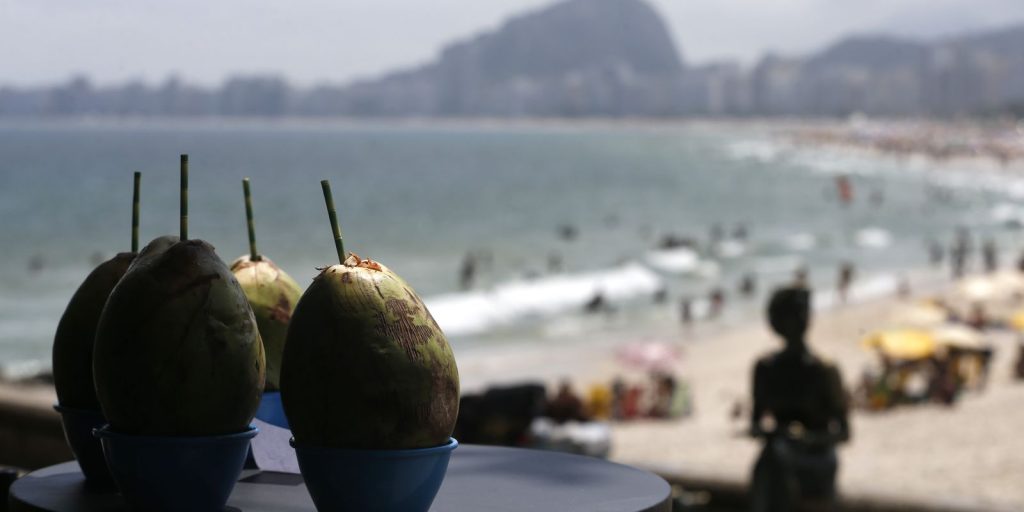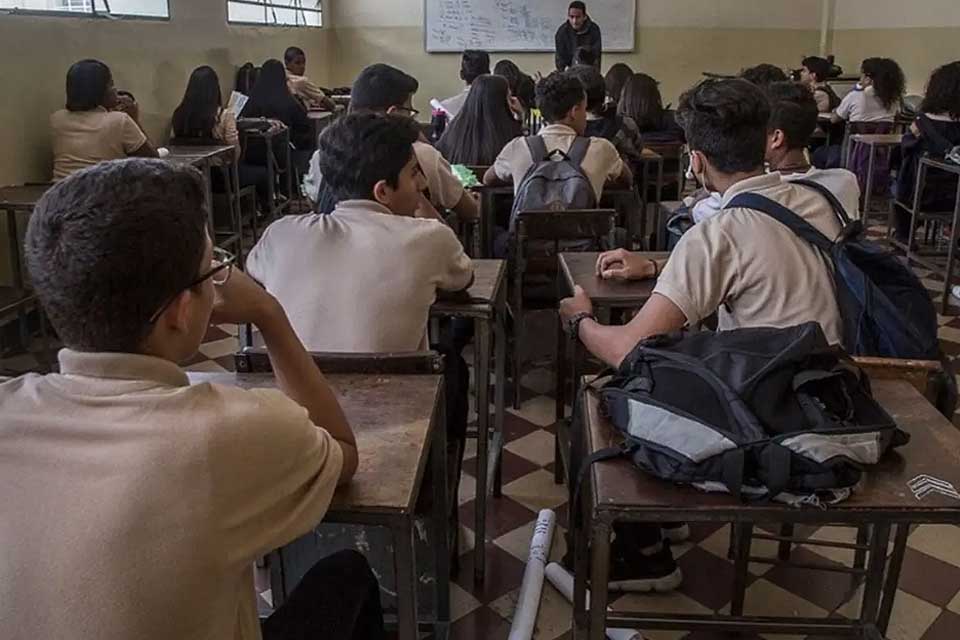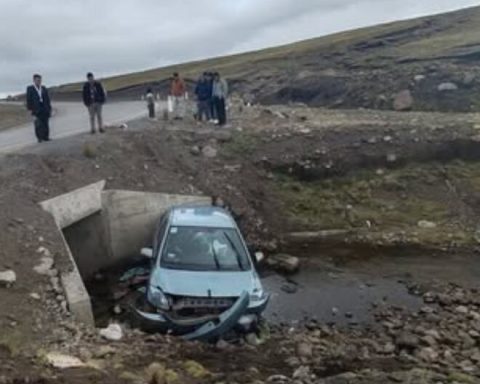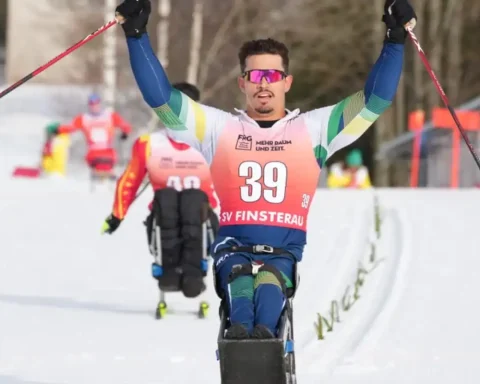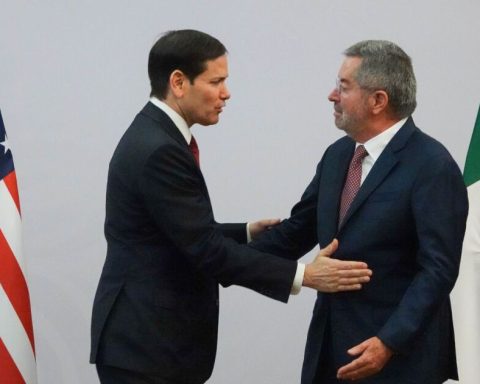September 12, 2024, 4:00 AM
September 12, 2024, 4:00 AM
To contextualize the reader of this article, it is first necessary to define the concept of mobility, which simply means being able to move and transport cargo from one place to another and not, as many pretend to understand, mobility as a means of transport (a motorized vehicle). On the other hand, let us conceive that the bicycle has positioned itself for some time now as the best tool for trips in which mobility depends solely on one person.
On this occasion, I will specifically refer to the implementation of the bicycle lane in the city of La Paz due to the great misinformation that exists in its environment. According to data from the National Institute of Statistics, until 2023, the city of La Paz had a fleet of 560 thousand vehicles, including private, public and official vehicles, which generate around 3.5 million daily trips in the metropolitan area between La Paz and El Alto. Added to this offer of trips is the state-owned “Mi Teleférico” and the municipal buses Puma Katari and the El Alto Municipal Bus. Of the total daily trips between La Paz and El Alto, only 0.03% are made by bicycle.
In 2018, the city of La Paz was the winner of a competition that allowed, under the financing of the French Development Agency, the donation of 500 thousand euros from the European Commission under the Euroclima + Program, to finance the project called: “Integrated Plan for the Bicycle Infrastructure Network of the Municipality of La Paz Phase I”, a project that aims to create the bicycle infrastructure network for the municipality of La Paz and propose an intermodal connection, which promotes the use of bicycles in urban mobility, through the design and construction of a bicycle path in the Southern Macrodistrict.
In 2019, the political problems that the country went through, in addition to internal conflicts generated in the Municipal Council of La Paz, the arrival of the pandemic and the inauguration of the new Mayor prevented the project from continuing its course. It was not until 2022 and with the approval of the Council that the implementation of the cycle path gained momentum again to begin the construction of the civil works for the aforementioned cycle route, with an already defined route that included Calle 21 de Calacoto, responding to a complementary need to the urban transport system that connects the San Miguel cycle path. with Puma Katari bus stops and in the case of the entrance to Irpavi it is integrated with “Mi Teleférico”. It should be noted that San Miguel is a center that connects and brings together several neighborhoods in the south of La Paz, reasons why the use of these routes is totally justified. The route also includes routes such as Av. Julio Patiño, Bustamante Street, Montenegro, Inofuentes among others, making a total of 10.5 km, including a restricted cycle path (only for bicycles), a lane shared with vehicles and a Bus-Bike lane for buses and bikes only. For the design of this route, variables such as population density, surface area, slopes, quality of roads, number of people who have a bicycle, points of attraction, educational units, shopping centers, etc. were considered.
Now, let us agree that public space is the place where any person has the right to circulate in peace and harmony, where passage cannot be restricted by private property criteria. In the particular case of Calle 21 in San Miguel, and in general in the entire southern area, it is observed that vehicle owners make indiscriminate use of parking spaces, leaving their vehicles parked for several hours, believing themselves to be the owners of this space. With the implementation of the cycle path, it is intended to return this space to the citizens, promoting and encouraging the use of the bicycle as an environmentally friendly urban mode of transport, being less invasive because it takes up less road space, since we remember that in an exclusive lane for cyclists, many more people can be mobilized than if they were all in their own vehicles.
With reference to the congestion on this and other roads in La Paz, it is important that we reflect on the use of vehicles with the following data: Of the 3.5 million trips mentioned above, approximately 5% are covered by private vehicles (the least efficient means of transport), which in a very optimistic scenario (making round trips), we could infer that approximately 75 thousand private cars circulate through the city of La Paz and El Alto daily, to which we must add the large number of public transport vehicles that provide this service and that choke our roads that were not designed to support such a number of cars. It is not that I am against the owners who have their own vehicles, I have one, but it is unacceptable that the owner of the vehicle complains about the congestion while being in his vehicle, because this has become part of the problem, harming public transport users.
In conclusion, it is necessary to point out that the cycle path project was a project “inherited” by Mayor Arias with the route that includes Calacoto Street 21 already defined. Second, the economic resources invested in this project are the result of a donation from the European Commission and are not expenses from the GAMLP budget. Third, this project is supported by a thoughtful technical analysis that supports the definition of the route considering socioeconomic variables. Fourth, the project includes the implementation of cycle paths in other macro-districts of the city of La Paz. Finally, as a reflection on the shelves of my beautiful city, if we use our private vehicles to carry out daily activities knowing that we will enter a congestion, we must be aware that we become part of the problem and not the solution. From now on, the citizens of La Paz will have the southern cycle path available to take advantage of. The idea, dear reader, is that if you live in the neighborhoods surrounding the cycle path, use your bicycle instead of your vehicle, and if your legs don’t give you enough to get home, the cycle path will allow you to connect with the Puma Katari or the Cable Car, thus reducing the need for one car to get around the congestion, reducing the emissions of polluting gases, and contributing to improving our health.
